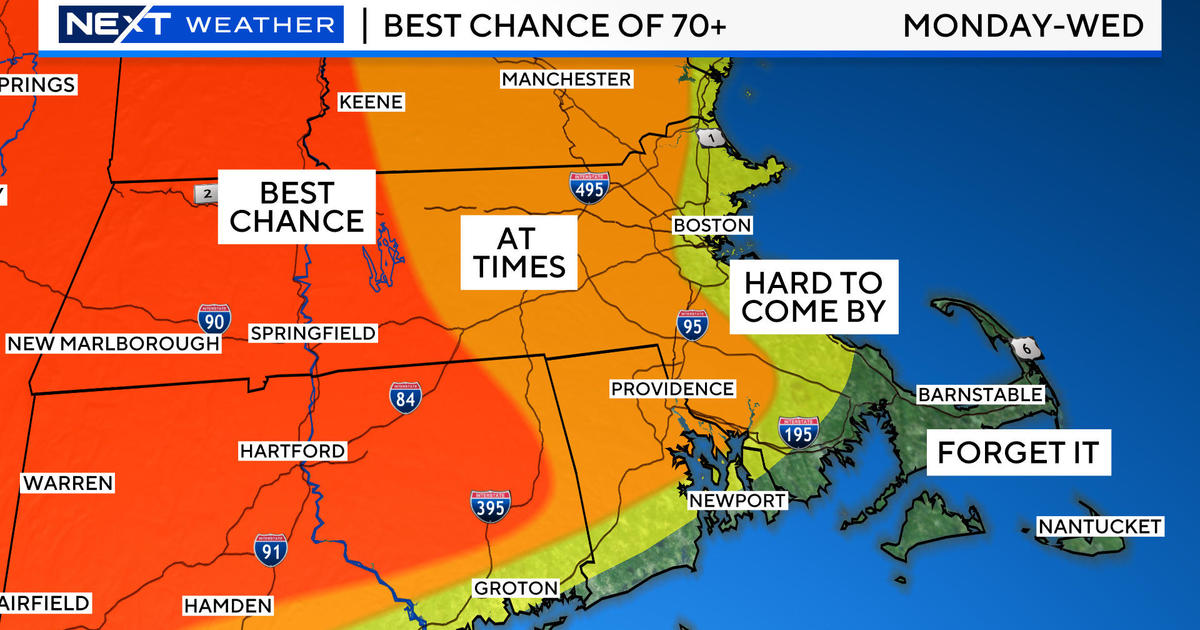My Winter Outlook
With only two more days of meteorological fall, it is an appropriate time to offer my winter outlook. Having delivered weather predictions on television for almost 35 years, I can tell you that forecasting is frustrating, rewarding and challenging. My main focus is prognosticating the more immediate future up to 7 days. To do this, us meteorologists rely upon the myriad of computer models based upon complex mathematical equations incorporating the variables of the atmosphere. The office of the National Weather Service that provides these worldwide forecast guidance products is known as NCEP. For seasonal outlooks especially those pertaining to winter, many people over the past several decades have read and talked much about the prediction from the Old Farmer's Almanac. Today there exists real science behind seasonal weather prediction and the accuracy has improved significantly. Government forecast agencies run climate models that predict weather patterns months in advance. There is an amazing connectivity between the oceans and the atmosphere and scientists have worked dilligently over the years to gain greater understanding of this link. The cataclysmic effects of the powerful El Nino of 1982/83 was the catalyst that ramped up this research. The goal was to determine statistical relationships between weather patterns and variables such as ocean temperatures, upper level winds and solar activity. So far, the findings of brilliant scientists in and out of the government sector reveal about ten factors that must be considered for seasonal forecasting for all areas across the globe. The finesse is figuring out what factor(s) will be dominant. The cast of characters includes specific atmospheric and oceanic oscillations such as ENSO, the QBO, the NAO, the PDO, and the AMO. Variations in the phases of these oscillations plus solar activity, fall temperature and precipitation patterns, storm track data and recent volcanic activity are weighed. The real unknown problem arises when any of the factors go into a transition in the middle of the season. For instance, the unexpected increase in solar activity was a key in defeating the effects of most of the other factors in the winter of 2001/2002 thereby botching the forecast and we ended up with little snow or cold weather across most of the northern part of the nation.
Here is the scoop for the upcoming winter. First of all, last winter's moderately strong El Nino weakened during the spring and transitioned into a La Nina during the summer. A large number of climate models predict La Nina to become a strong episode in December and January before gradually weakening from late winter into the spring. Next, the QBO, the wind in the high stratosphere over the tropical Pacific, has reversed from last winter's easterly phase to a westerly phase. This setup favors less stratospheric warming which in turn leads to a stronger, colder polar vortex which enables containment of arctic airmasses at higher latitudes with much less cold air release into the deep South. Past analog years have shown that a westerly QBO in a moderate to strong La Nina environment favors a more zonal flow with the main storm track across the northern states. The jetstream can occasionally vary and amplify into the eastern states resulting in changeable storm paths oscillating between inside runners to coastal huggers. Correspondingly, the QBO and the solar cycles influence the state of the NAO which in turn modifies the effects of ENSO. In contrast to last year, the NAO has been in the positive phase in response to the westerly QBO and no significant high latitude volcanism like last year's Mt. Redoubt in Alaska and Sarychev in Russia. Despite disruption of air traffic for several weeks in northern Europe, the Icelandic eruption was considered minor so it appears that it may not be a factor in encouraging high latitude blocking. If this is locked in, it is more probable that mostly minor clipper systems will be more dominant reducing the total snowfall in southern sections. The PDO has switched into a cold or negative phase which is supportive of a pattern delivered by La Nina. This favors ridging over the southeastern part of the nation which, overall, further confirms an overall warm winter for the deep South especially Florida. Solar activity remains low but is rebounding. All of the preceding factors plus a warm phase of the AMO point to a winter of above average but likely not record-breaking snowfall for the northern ski resorts with the least amount of snow for southeastern Massachusetts. This scenario places the Boston area in a zone of uncertainty. The key factors are similar to those present in 2007-08 when Boston received about 52" of snow which is 8" above the average but that could be misleading. The wildcard is abrupt phase changes of the NAO and those cannot be accurately predicted ahead for a full season. The preceding factors are not favorable for persistent high latitude blocking that was present most of last winter but intervals of blocking are likely. By the way, in the short term, an episode of North Atlantic blocking will be unfolding over the next week and a major ocean storm will probably remain just offshore late next weekend. Consequently, with all of this in mind, I am postulating Boston's seasonal snowfall to be only a few inches above the 43" average compared to last season's near 7" below the average. La Nina favors flucuating temperatures(cold snaps and mild spells) and perhaps more short-lived extremes resulting in the overall winter to be a bit milder than average. Periods of stormy weather may be more frequent this season than last and finally, there should not be any repeat of the record flooding of last March.
Interestingly, a study of Boston's data from the past 11 years reveals that Novembers with the overall temperature more than 1 degree above the average resulted in snowfall below the average of 41.6 inches. If the November was more than 2.5 to 3 degrees above the average, subsequent snowfall was significantly below the average. November 2009 was a whopping 4 degrees above average while this November is close to or just slightly above the average. Over those 11 years, the snowiest occurred when both October and November averaged cooler than usual. This year, every single month has been warmer than average and I feel that we are transitioning toward slightly colder than average months in December and January.
Astronomically, winter officially begins at 6:38pm on December 21. Coincidentally, an exceptional total lunar eclipse occurs in the early morning hours of the same day. The eclipse of the moon begins at 1:32am and reaches totality at 2:40am.



